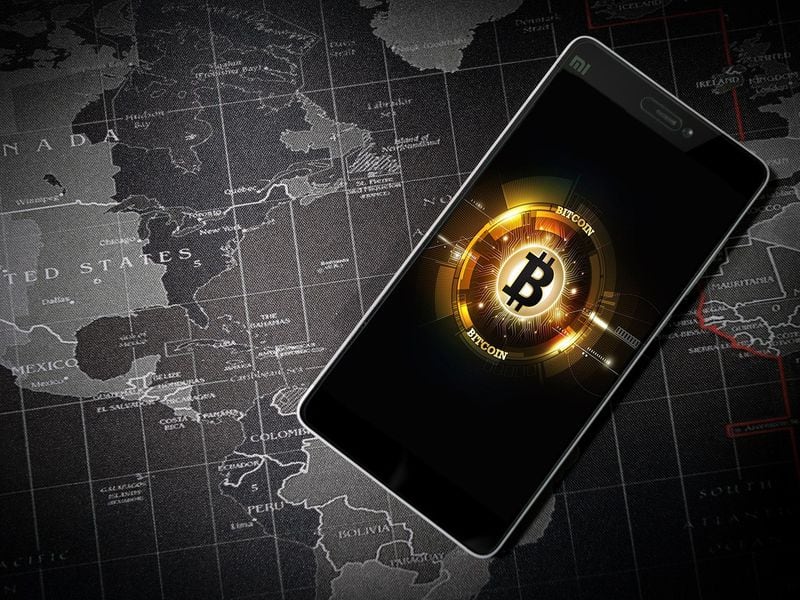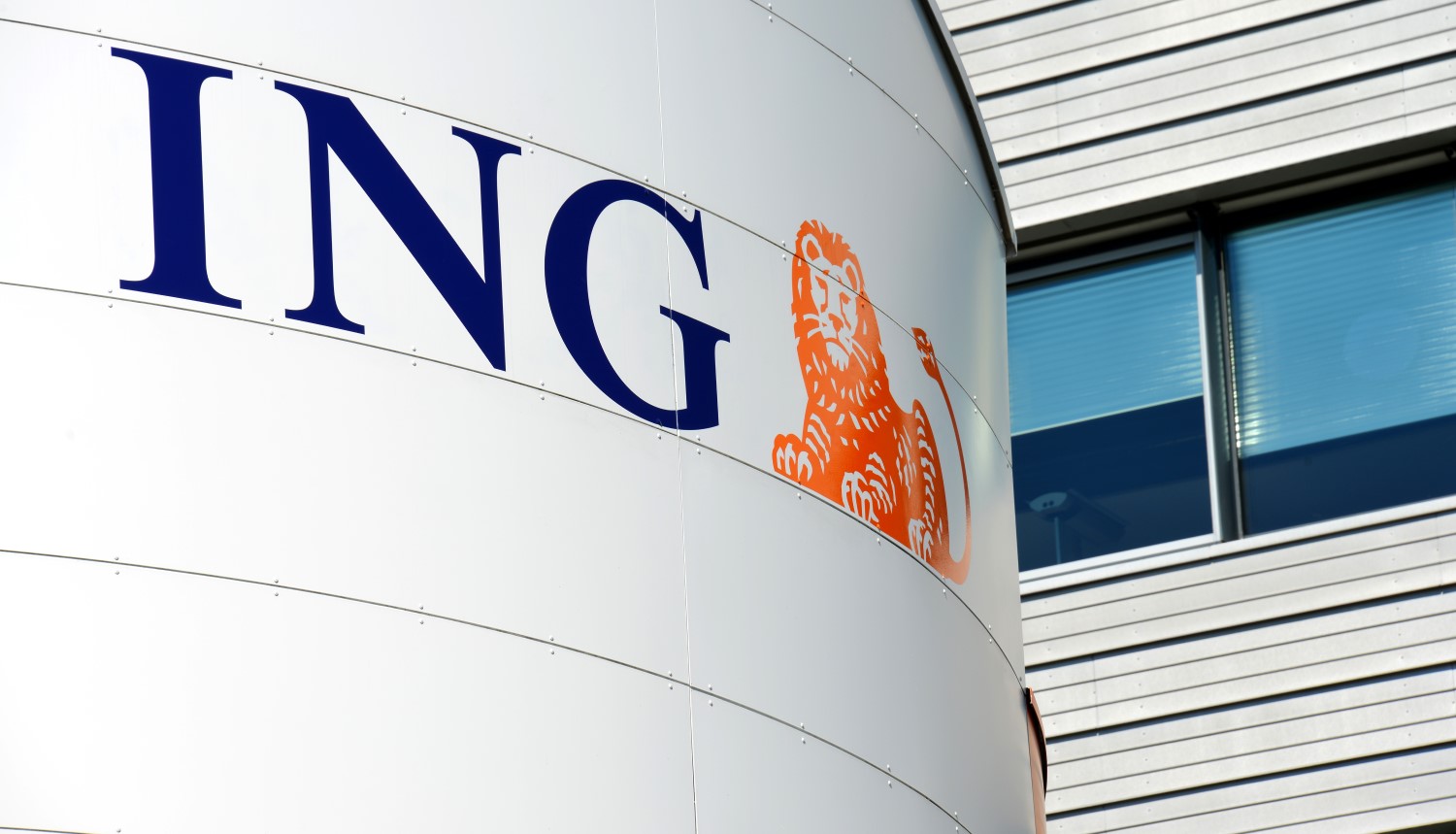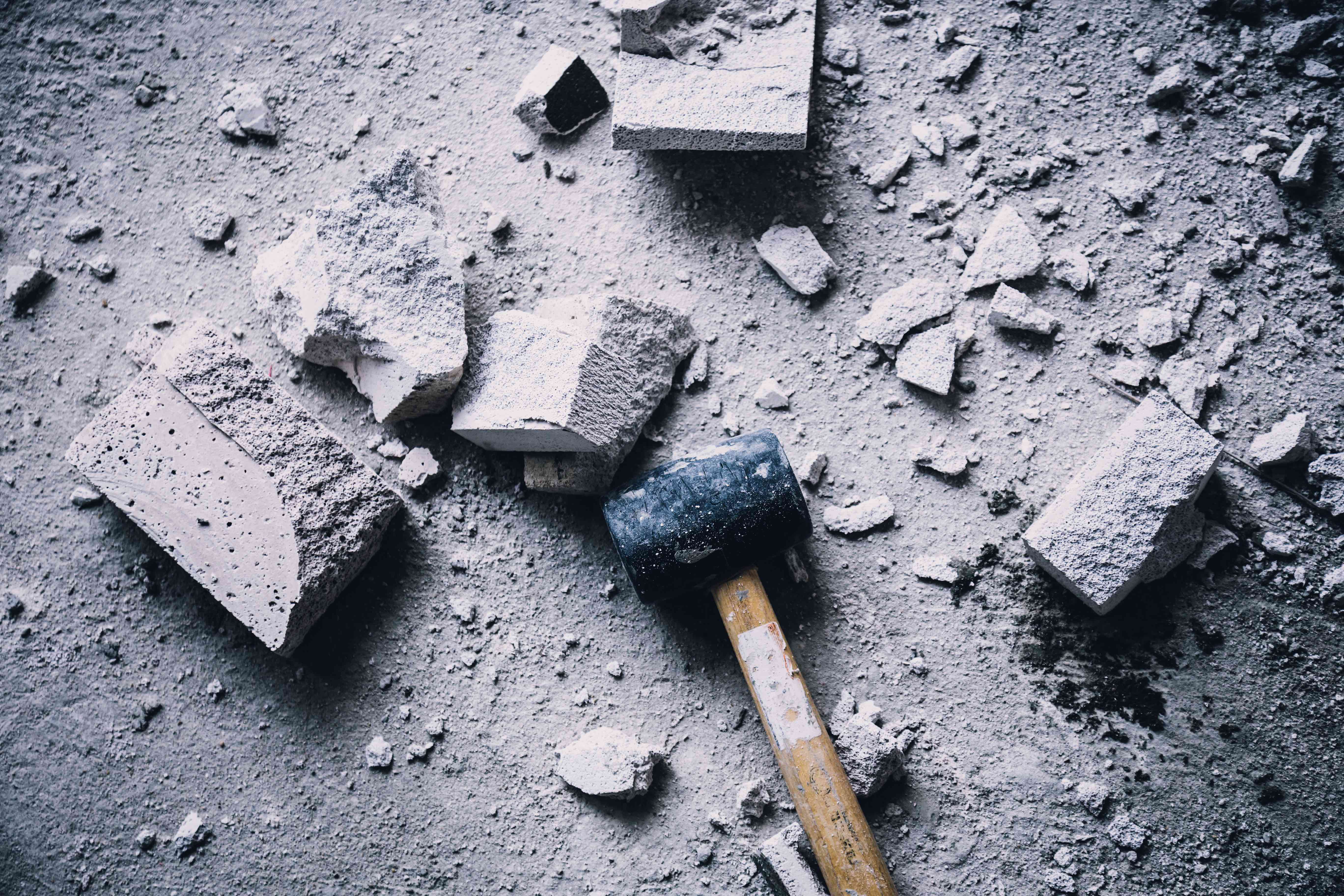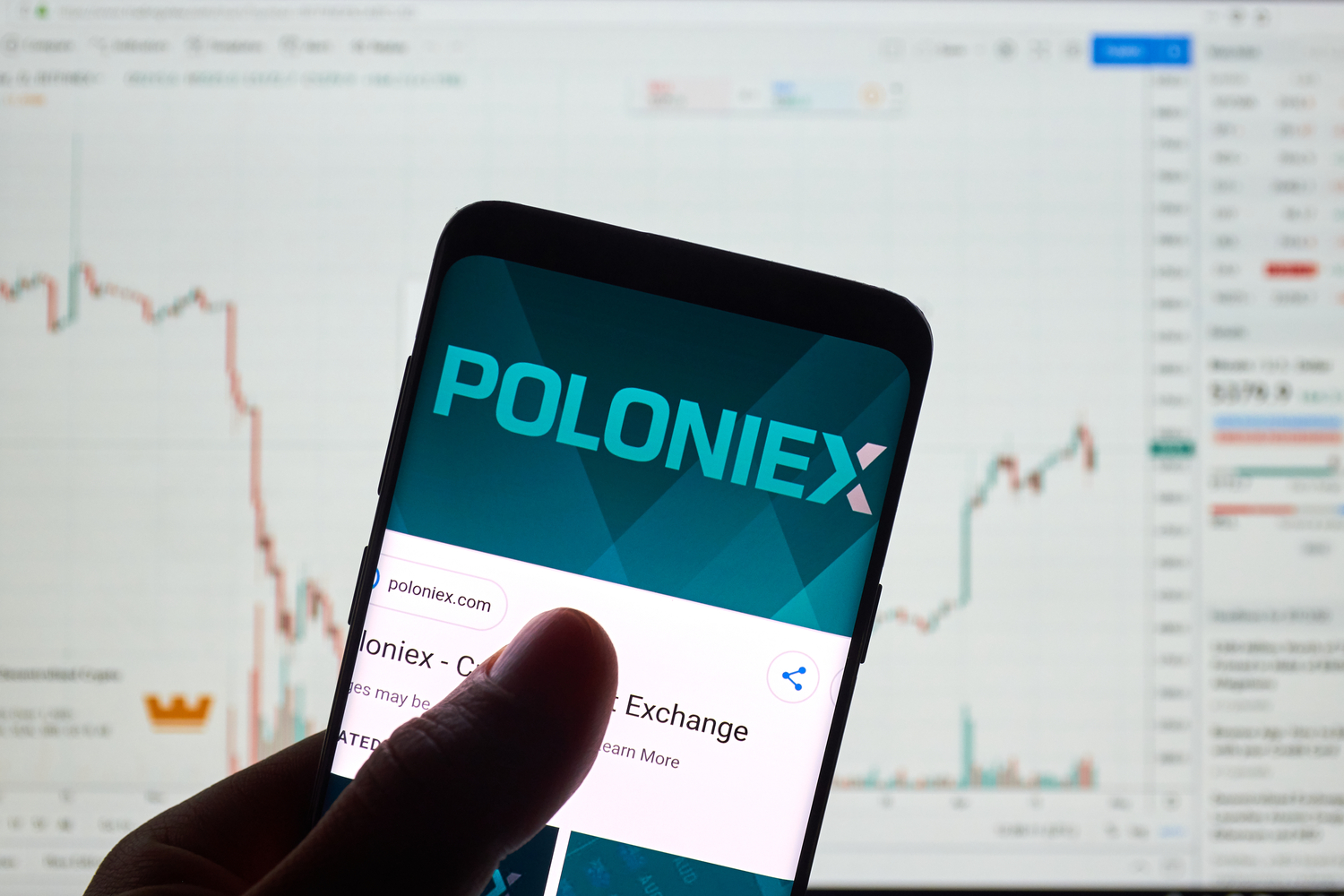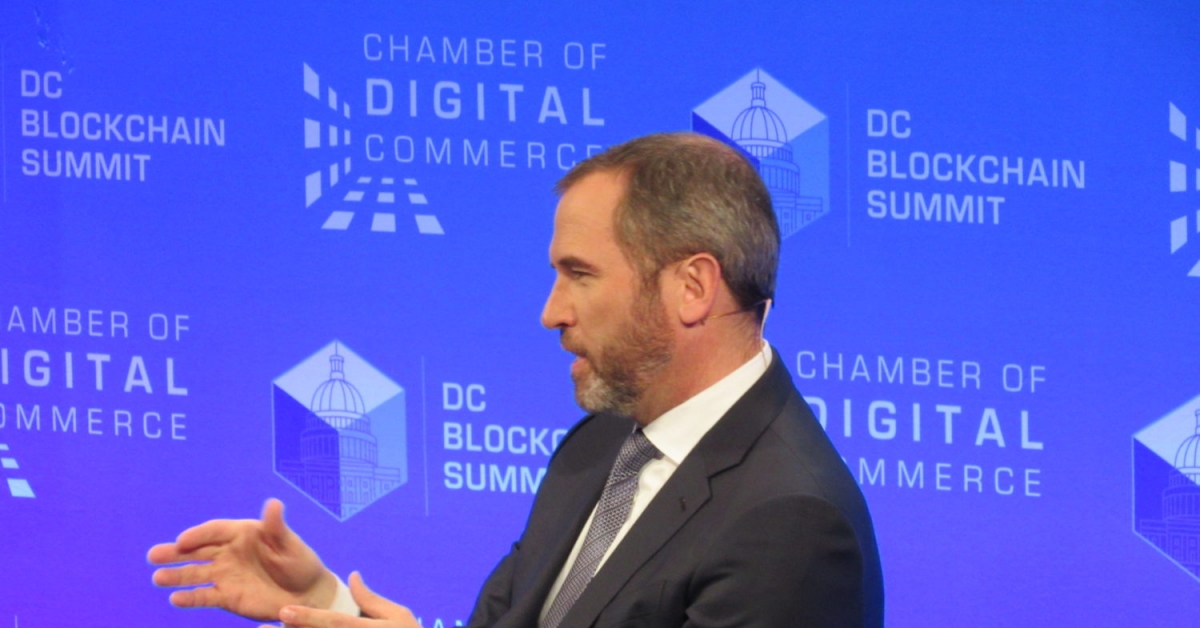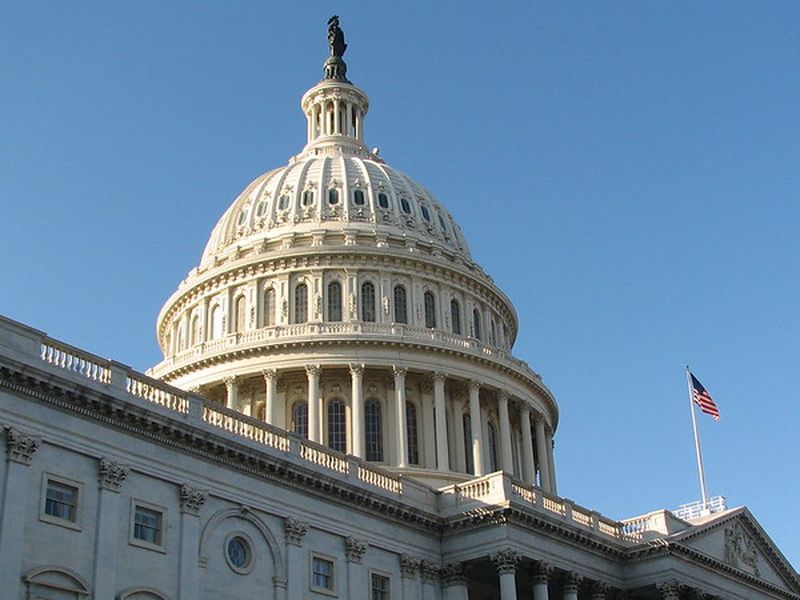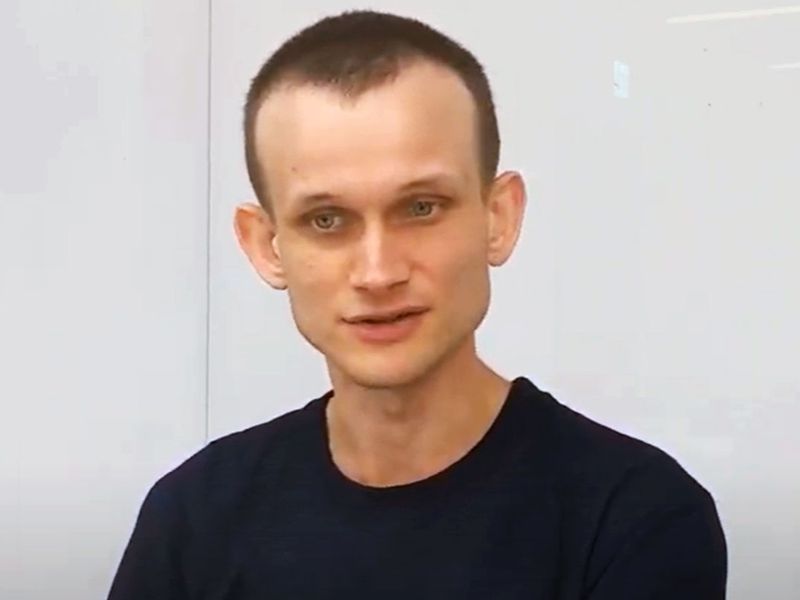Unpacking the First Day of Sam Bankman-Fried’s Actual Trial
A Parisian cocoa trader told Sam Bankman-Fried’s trial jury that pricey ads and FTX’s confident CEO helped convince him the crypto exchange was a safe place to deposit over $100,000 so he could trade cryptocurrencies – but he never expected that anyone but him would touch his funds.
The federal government began its prosecution of Bankman-Fried in earnest Wednesday afternoon with a customer-turned-witness who introduced the jury to crypto trading, the FTX exchange, and the allegedly illegal loans that felled crypto’s fastest-growing company last November.
You’re reading The SBF Trial, a CoinDesk newsletter bringing you daily insights from inside the courtroom where Sam Bankman-Fried will try to stay out of prison. Want to receive it directly? Sign up here.
Marc-Antoine Julliard, a commodities trader who lives in London, said he only intended to “spot trade” cryptocurrencies on FTX – which is to say, buy and sell tokens like bitcoin. Critically, he said he never agreed to loan his assets out. The finance professional said he avoided FTX’s more lucrative “margin lend” feature because he wanted to have full control over his assets.
“Did you ever consider the possibility that FTX was borrowing your money,” asked Assistant U.S. Attorney Danielle Kudla, a prosecuting attorney. Julliard responded: “No.”
More than 100 reporters and onlookers gathered in one of Manhattan’s largest, wood-paneled federal courthouses to catch a glimpse of Bankman-Fried, the 31-year-old who prosecutors say defrauded his crypto customers, investors and lenders of billions of dollars.
In their opening argument, prosecutors cast Bankman-Fried as a calculating villain who told few in his empire about the alleged illegal activity that they said ruined his companies and ravaged investors. They bolstered this image of a secret conspiracy with their second witness, Adam Yedidia, a college friend of Bankman-Fried who followed him to the crypto hedge fund Alameda Research and then on to FTX.
During questioning from AUSA Danielle Sasson, Yedidia said he resigned from FTX the week of its bankruptcy “when I learned that Alameda Research had used customer deposits to pay back lenders.”
The legality of the loans are central to the case against Bankman-Fried. Prosecutors allege Alameda backstopped its bad bets on the crypto market with FTX customers’ dollars plus their crypto deposits. Defense attorneys said the relationship between those two companies was neither secret nor illegal.
Bankman-Fried and his companies were “building the plane in flight,” Mark Cohen, who anchors the defense, said in his opening statement. He told the jury his client, a “math nerd,” did nothing illegal but perhaps unwise, like never hiring a chief risk officer to watch the health of his “innovative” crypto exchange. And he began casting blame at former Alameda Research CEO Caorline Ellison, Bankman-Fried’s ex-girlfriend and a key witness, saying that the defendant told her to hedge the trading firm’s risk on multiple occasions but she didn’t.
Day one of witness testimony gave both sides a taste of Judge Lewis Kaplan’s hold on the courtroom. The 78-year old Clinton appointee cracked the rare joke and on occasion lightly tussled with trial teams for asking what he found to be leading or irrelevant questions. In one of the stranger back-and-forths of the day, he challenged prosecutors’ attempts to show the jury a zoomed-in version of the first witnesses’ FTX wallet.
When the DOJ was showing various advertisements, he asked “just so we’re all complete, who’s Tom Brady?” to get an answer on the record. (“He’s a professional football player,” Yedidia said.)
He ended the day at 4:25 pm before prosecutors finished questioning Yedidia. That will resume on Thursday. Prosecutors said they hope to call at least two more witnesses this week, including Matt Huang of Paradigm, a venture firm that invested heavily in FTX equity; and Gary Wang, a member of Bankman-Fried’s inner circle.
After the jury left the room on Wednesday, Bankman-Fried’s trial team asked Kaplan to make accommodations for the defendant’s adderall prescription. He is not getting the four doses he needs to stay focused throughout the day, they said.
Kaplan deferred on taking immediate action and told them to take the issue up with an official in the Bureau of Prisons.
“I’m not a medical professional,” Kaplan said.
For his part, Bankman-Fried himself was glued to his laptop throughout the day, where he appeared to be typing up notes.
Today we got to rewatch the infamous Larry David Super Bowl ad. One of the male jurors visibly chuckled at the $20 million production, but most of the others looked rather bored. Sam’s mother Barbara Fried whispered something to his father Joe Bankman when Joe’s cameo scene (in Philadelphia’s Independence Hall) played.
What we’re expecting
Former FTX developer Adam Yedidia will complete his testimony Thursday, but the anticipated names are more likely to be Paradigm’s Matt Huang and former FTX executive Gary Wang. Huang’s name was first mentioned on Tuesday, and confirmed by prosecutors on Wednesday.
The DOJ’s case so far seems to be focused on casting FTX as a troubled company and Bankman-Fried as the face and director of those troubles. Early testimony was light on the specifics of blockchain and cryptocurrencies. Marc-Antoine Julliard, the London-based French commodities trader and FTX customer, briefly told the jury what cryptocurrencies are, saying he invested in coins like bitcoin and dogecoin.
Prosecutors had Yedidia take this description a step further, mentioning that they’re decentralized currencies but not delving too deeply into what that means. It is a tactic seemingly geared toward easing a jury composed of laypersons into what promises to be a complex case stemming from the digital asset ecosystem.
The first set of witnesses is also revealing – no law enforcement officials are expected to take the stand just yet and we’re barely scratching the surface of the technical details about what blockchains are or how FTX actually operated. Instead we’re hearing from people immediately affected – a trader who lost north of $100,000 and still hasn’t gotten it back – and deeply involved in the companies’ operation.
Paradigm was part of a massive fundraising round for FTX US, the U.S. branch of the global crypto empire which raised $400 million in January 2022. Huang being the next witness suggests the DOJ will continue to pursue a witness schedule aimed at expressing the idea that FTX seemed like a safe, “good” place to store funds – but in reality, wasn’t.
The DOJ said in its opening argument that it intends to show that Bankman-Fried directed all of the activities that led to his companies’ failure. Wang, who is expected to discuss FTX’s software – including possibly the backdoor that allowed Alameda to borrow so heavily from FTX – may then be the kicker at the end of the first week of trial.
Edited by Marc Hochstein.

